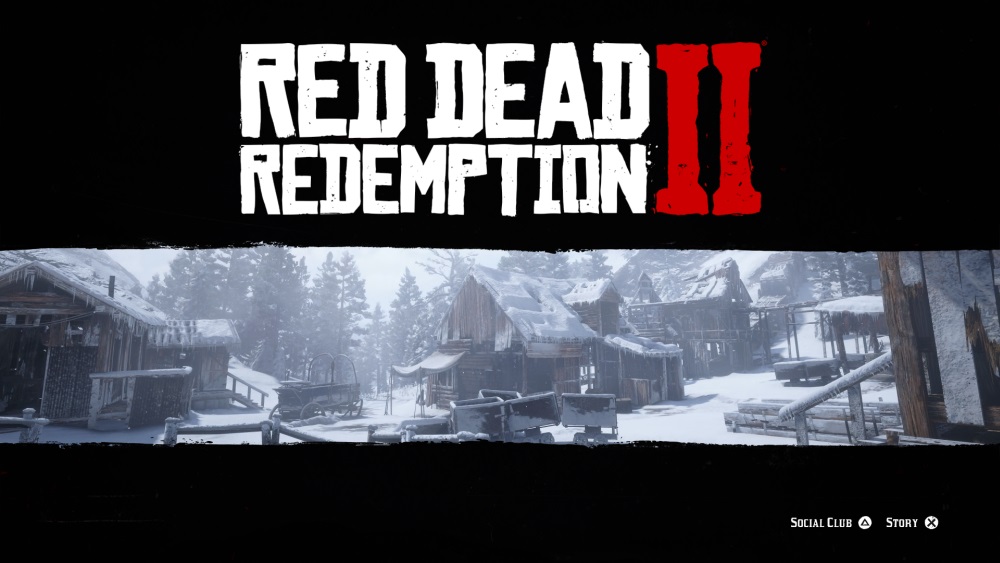Before we begin, let me just make a summary of a disclaimer – I’ve never personally completed Red Dead Redemption. And as such, there will be aspects of John Marston – character defining nuances – that I don’t get, as much as someone else who has played it.
On the other hand, having completed the game, I completely understand Arthur Morgan, main character of Red Dead Redemption 2 (RDR2), with all the nuances of his character and personality. So I understand if you think that skews my perspective, and disagree with me thinking that Arthur Morgan is a better-written character than John Marston.
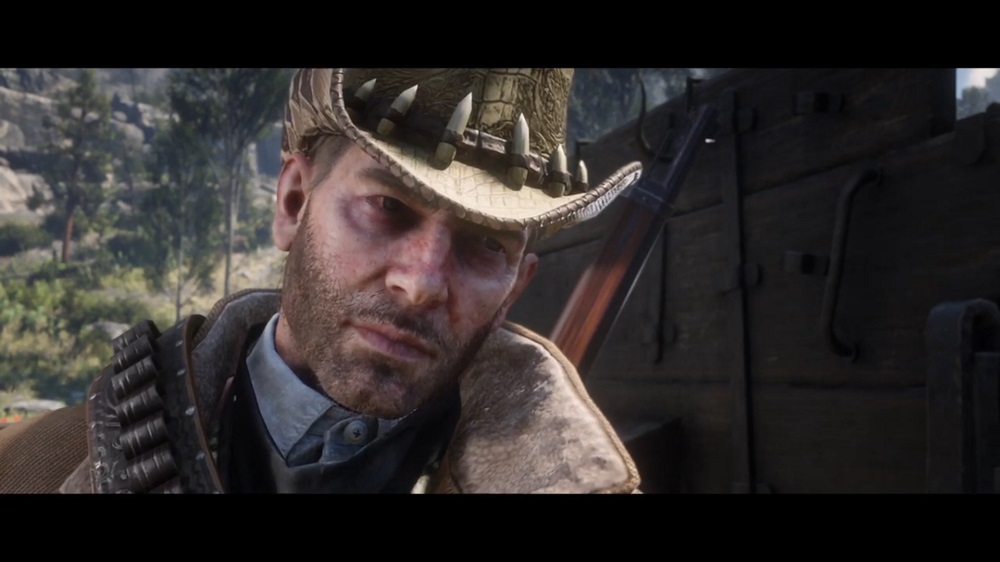
RDR2 is an especially time-consuming game to review. Sidequests that are marked by the map index are fairly significant, and adds to the context of the entire game. And having missed one, I made sure that I covered every other marked sidequest before proceeding with the main ones, which led to the lengthy review process. Now that I’ve completed the six main chapters and the two epilogue chapters, I present to you this review of RDR2.
Story
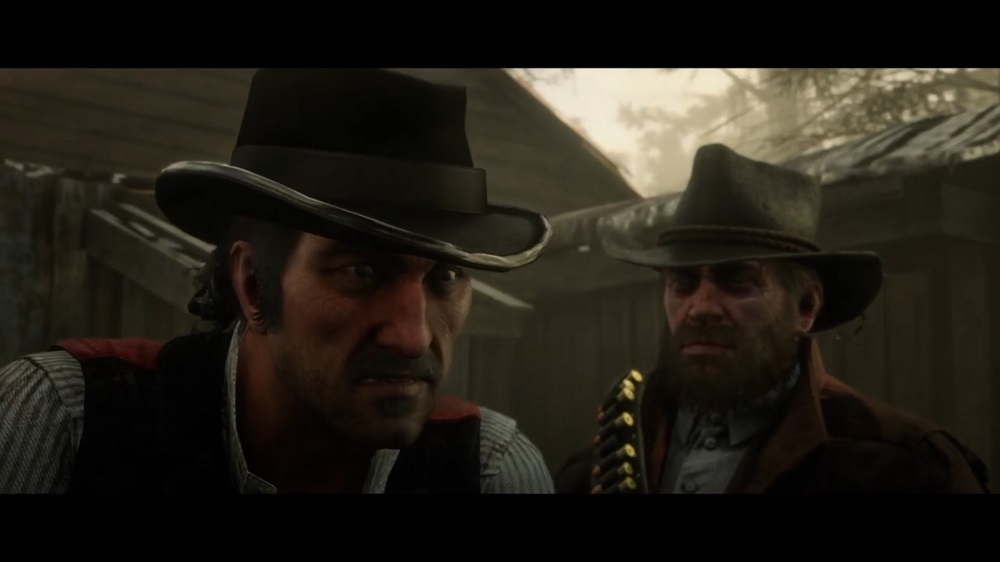
Being the prequel to the first game Red Dead Redemption, RDR2 tells the tale of the gang led by Dutch van der Linde. It tells the tale of idealism and freedom, and of acceptance by the end. Most of the story is lived through the life of Arthur Morgan, a prominent member of the gang who initially swore by loyalty to his gang.
RDR2 tells a story that is not only compelling and engaging, but easily relatable.
It’s an inspiring story filled with optimism for life, even if it was a very illegal one. But it also tells a very harrowing one, of continued optimism that turned into insanity when relentlessly hammered by failure. As each of Dutch’s perfect plan goes awry one after the other, each failure pushes him one step deeper into the quicksand of despair. And the gang he leads will be the one to bear the brunt of his descent.
Between Arthur and Dutch, RDR2 tells a story that is not only compelling and engaging, but easily relatable. On Arthur’s front, we experience his disillusionment of the concept of loyalty, his mortality leading him to live his life for the sake of others. Along with his initial disdain – but eventual bromance – for John. As for Dutch, we witness his charisma as a leader, the way it was all lost to despair, and the way optimism and idealism are not always rewarded, but often punished instead. They are all stories that everyone experiences at some point in life, and they are told with just the perfect amount and flavour of dramatisation.
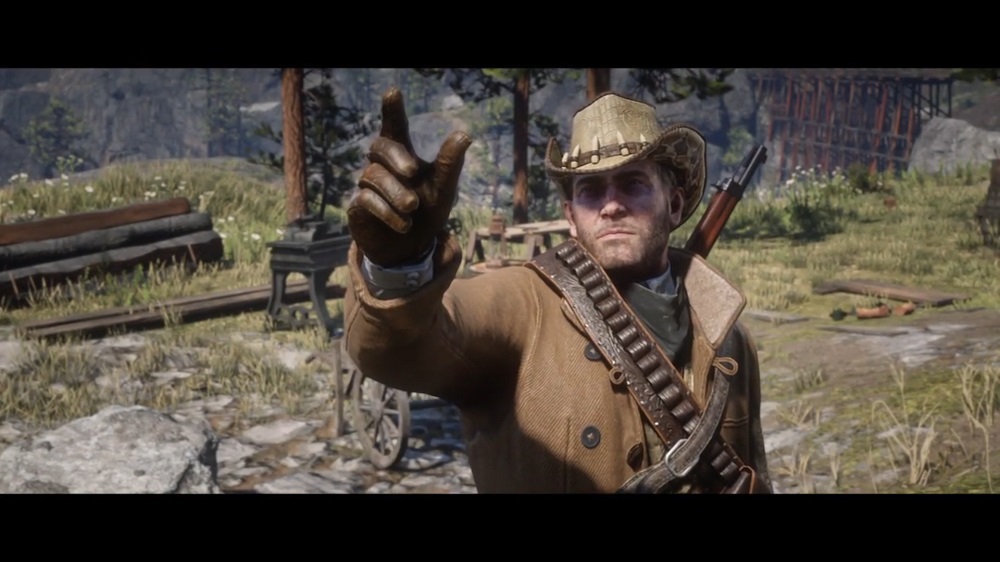
There’s also a lot to be learnt from RDR2. Dutch’s story, for example, is a lesson in moving with the times, and the consequence of refusing to do so. John’s is one of friendship, and the way it can develop without you realising. I certainly didn’t – I remember his cold relationship with Arthur in the beginning, followed by their shared distrust for Dutch as well as their calling each other “brother” near the end. But I can’t for the life of me remember the sequence of events in between that turned their relationship around.
Arthur, above all else, teaches the value of introspection and self reflection. Living a conflicted life and owing his early life to Dutch, he starts off blindly loyal to the gang leader. But with every new sign on Dutch’s sanity slipping, and with his own mortality becoming more and more imminent, Arthur begins to truly reflect on the life he has led, and what he intends to do moving forward. All this is also detailed beautifully in the many journal entries he makes throughout his life, be it during key points of the plot, or in response to random open-world events.
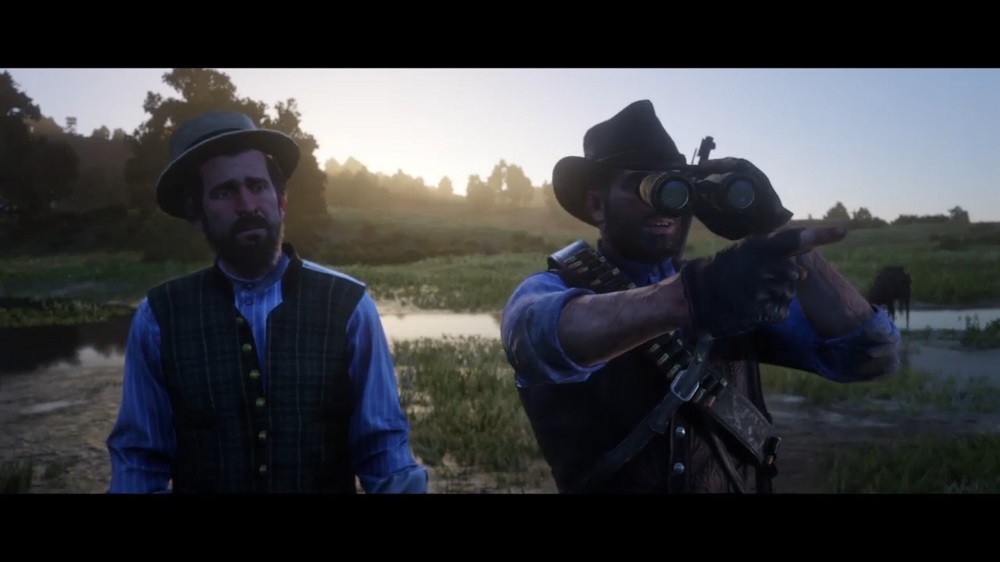
Part of RDR2’s charm is that despite the multitude of things to do, the events flow beautifully from one to another. That said, the pacing begins to go off the rails from the fifth chapter onward, and continues all the way to the sixth and final chapter. In hindsight though, this could be intentional, and it coincides with the first obvious signs of Dutch’s descent into psychopathy.
The two Epilogue chapters also leave a lot to be desired. The first one especially, where you’re frequently left wondering “why am I doing this?” But they serve to set up the events of the first game, which takes place seemingly immediately after the end of the final epilogue chapter.

With some adjustments to the pacing beginning chapter five, RDR2 would’ve been the gold standard of video game storytelling. The pacing is near-perfect, the character interactions varied and interesting, and many of the characters are well written, even if they don’t get as much screen time. The Yin-Yang dynamic of Arthur and Dutch, especially their direction from the beginning till the end of the story, is nearly like two sides of the same coin. This makes for an interesting duality that is the core of RDR2’s brilliant storytelling.
Gameplay
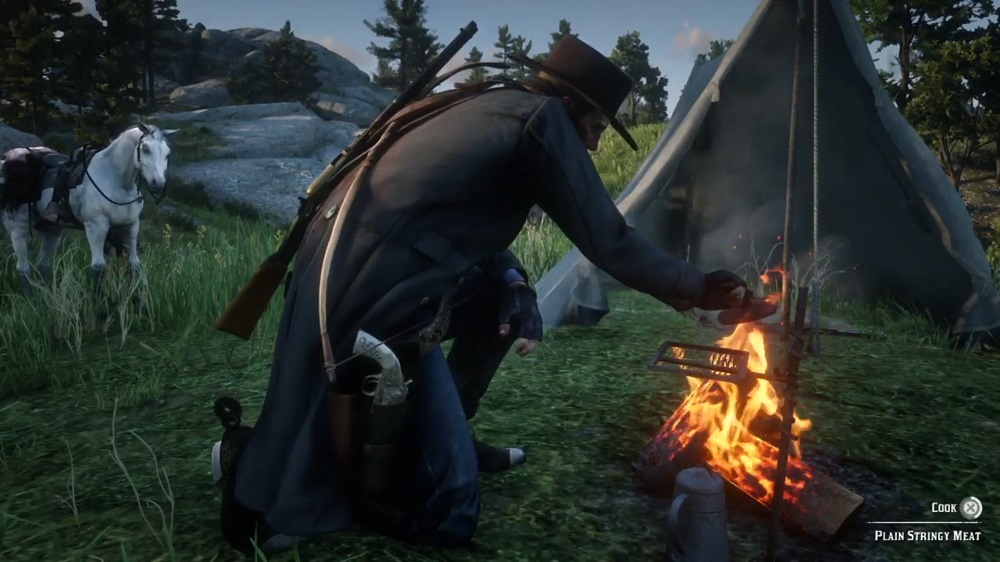
Going through the world of RDR2 can easily be described as a bittersweet experience. This is because, as beautiful as it is to look at, it can sometimes be a pain to live in. And a great source of this pain is in the combat and other side activities that take place in and around both the main and side quests.
RDR2 puts the “role-play” into role-playing game.
Some of these side activities can be something that you may want to do because it improves your stats or gives you crafting materials. Others you have to do as a form of upkeep for your gang. In RDR2, this involves working to earn money and food not only for yourself, but your gang. The work come in many forms, with different people preferring to do different things.
All these elements put together create the nearly lifelike simulation of, well, life. Despite the plentiful amount of action, if there was any game in the world that put the “role-playing” into role-playing game, RDR2 would be it.
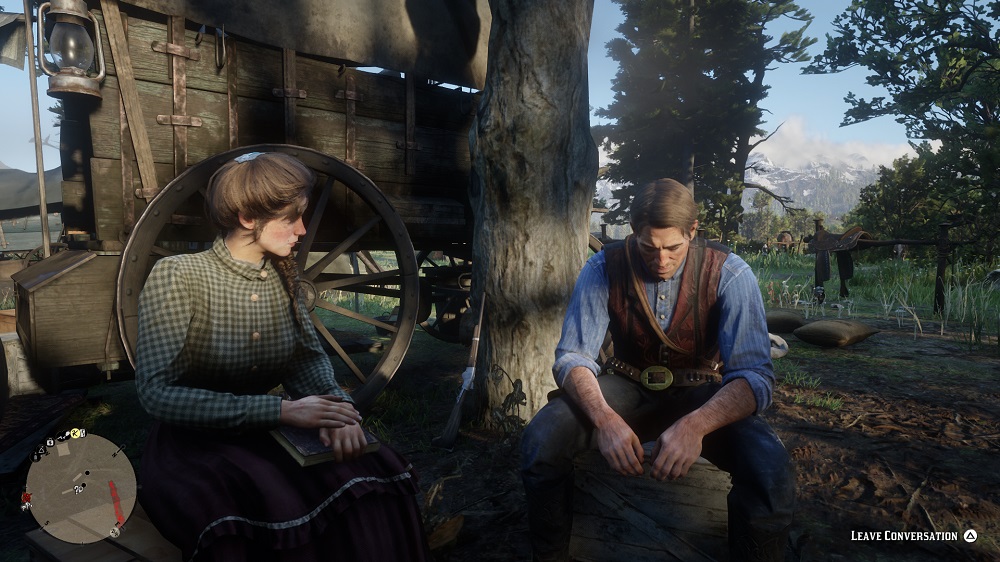
But this is also where it gets contentious. Hunting, for example, involves you taking down wild animals with a single shot using one or two specific archetypes of weapon. Doing anything else will ruin the quality of the animal pelt, and only perfect pelts can be used for crafting. This can get tedious as aside from birds, most animals don’t spawn in pristine condition, and finding one can take awhile, not to mention the process of tracking, stalking, and finally taking them down with one shot with the right weapon.
Then comes the process of skinning your quarry. While the action is simplified, it can still be very graphic for those with weak guts, as you witness Arthur peel the skin from the animal. For those who can take it, it’s proof of Rockstar’s attention to detail.
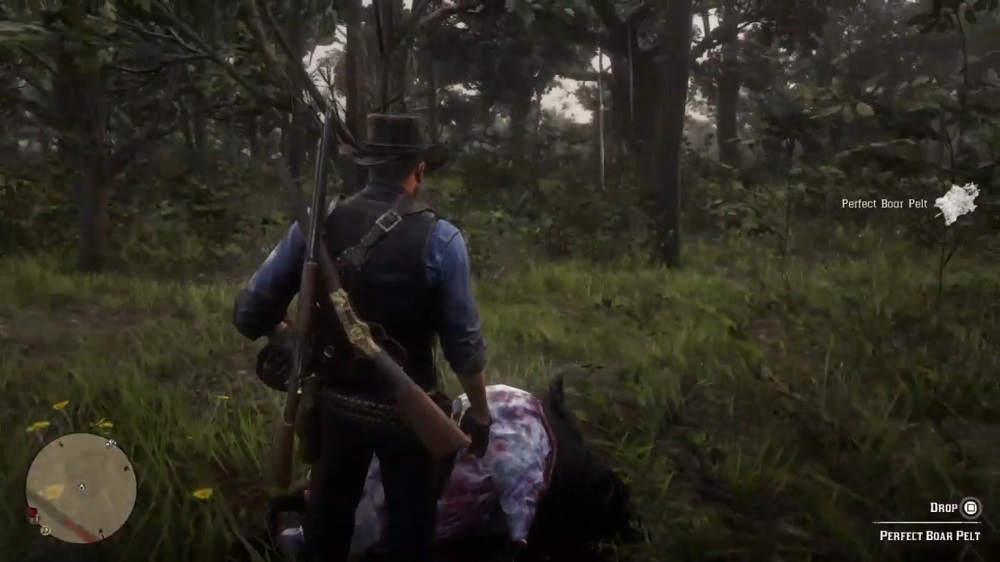
Having said that, you start becoming desensitised to it after your hundredth animal. The absence of the option to skip the long animation nags at the back of your head. Or, if you still continue to enjoy it, you get frustrated when it gets abruptly cut short because part of the terrain got in the way.
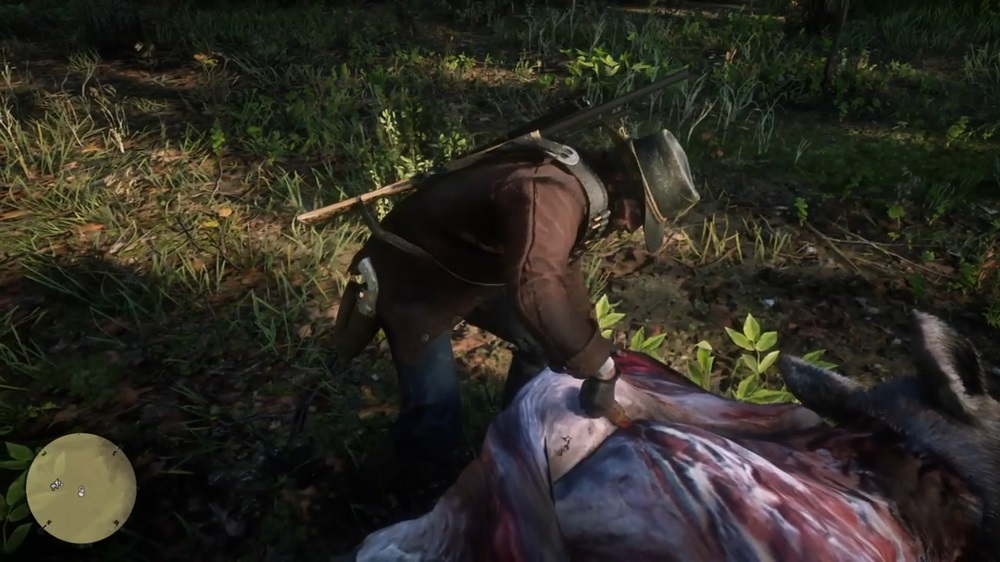
It’s much the same story with the horse. Whether you’re stowing a fresh kill onto it, or trying to pet, brush, feed or mount it. Unless you’re at the exact position for these animations to happen Arthur will take a fair number of microsteps to adjust his position, so that he stands exactly where the animations dictate he must be before they begin.
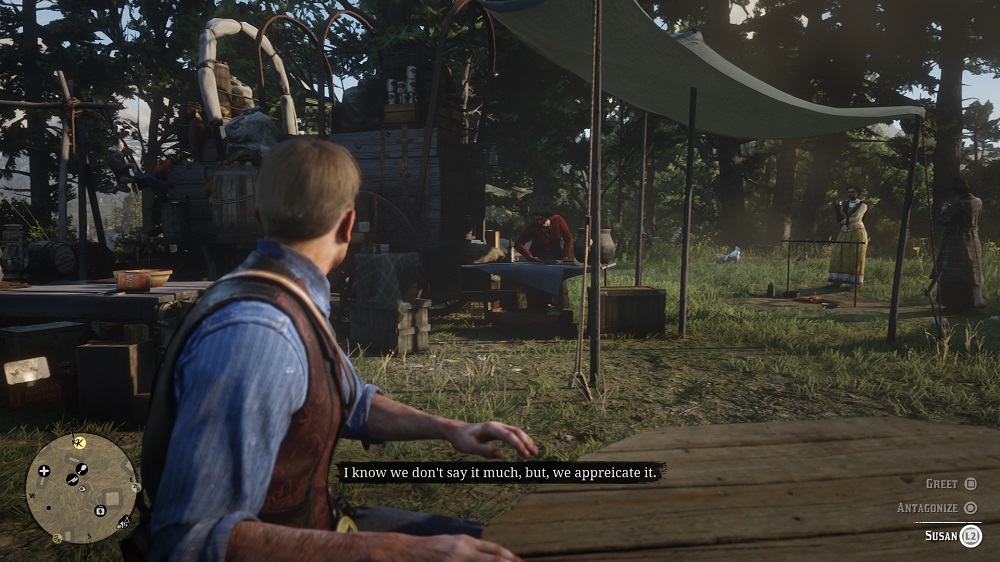
The controls of the game are set up in such a way, it allows for a wide range of interactions. This allows you to lock onto a person, and then either greet, antagonise of even rob them. Locking on to a subject can be somewhat glitchy; if you stumble, you end up drawing your gun when locking back on to the person you were talking to. As a result, you get yourself wanted by the law.
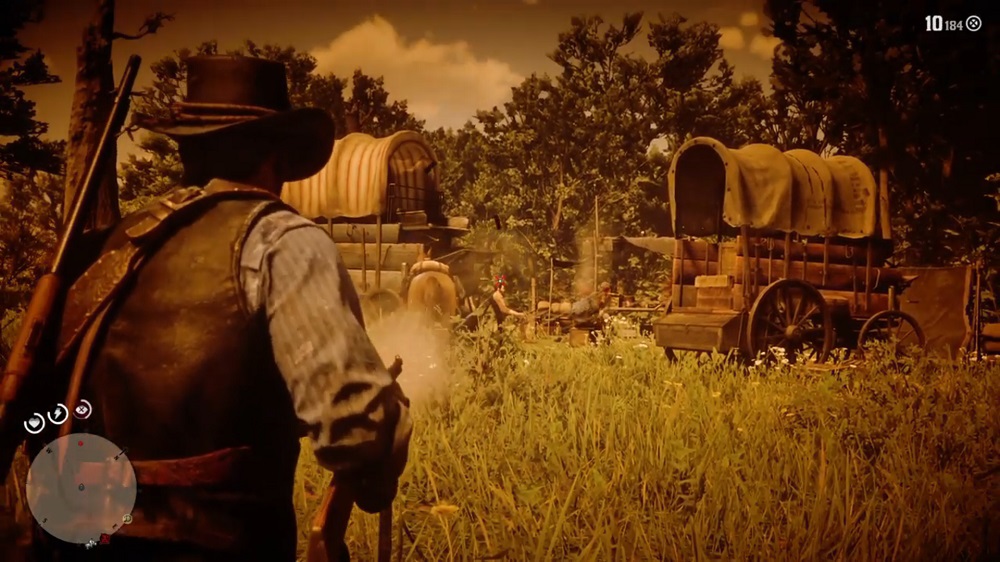
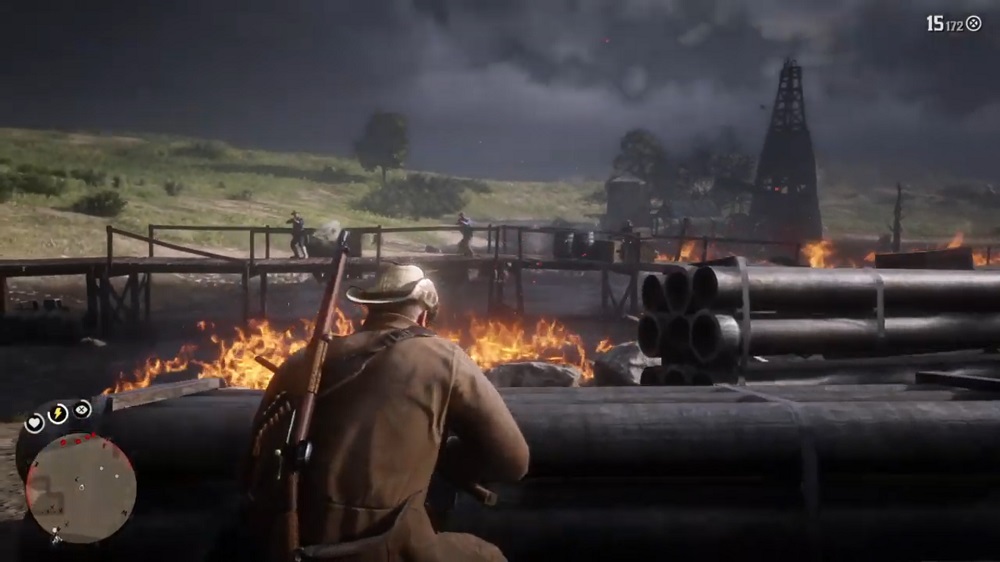
On that note, combat also feels a little clunky, simply because the cover system is sluggish and frequently puts you behind the wrong cover. When you aim your gun at an enemy, sensitivity is turned down to let you adjust your aim for precision. This is nice at first, but gets annoying when you want to snap to another enemy. As a result, gunfights end up becoming a process of getting to cover, taking aim at one target, shooting, and getting back to cover. Unless you’re on horseback, in which case you’re wide open the whole time.
Graphics
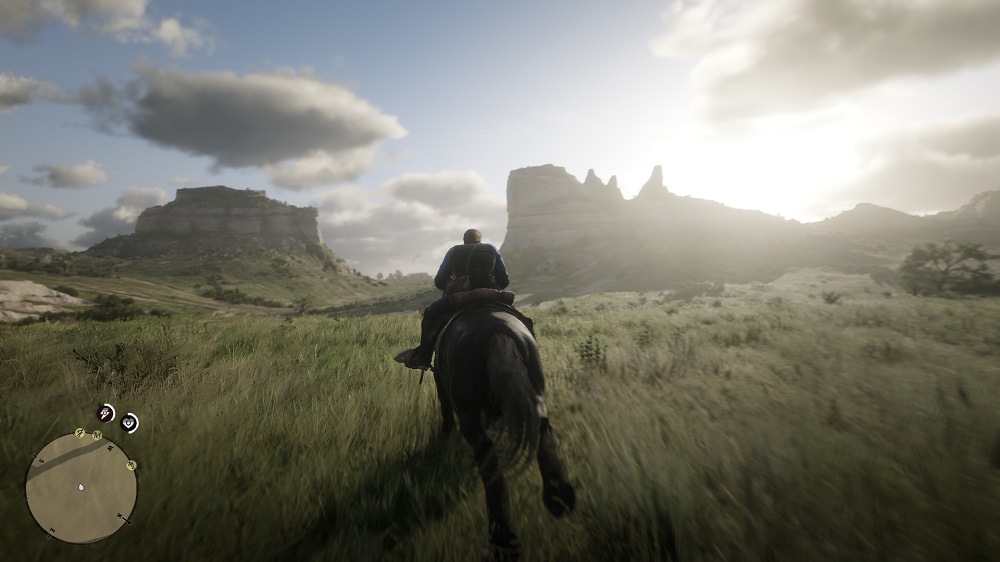
If you’ve played Horizon Zero Dawn, then you’ll know that the developers made it so that every scene you see is the best version possible. It’s much the same story here in RDR2, and honestly, to attempt to describe any scene with words feel like a disservice to them. But I’ll try anyway.
But where do I even begin? Let’s just say that the game does a good job by starting you off in the bleak snowstorm, and introduces more colour as you progress. But by the time you get to Chapter 2, most of the game’s beauty is laid bare, just waiting for you to explore at your own leisure.
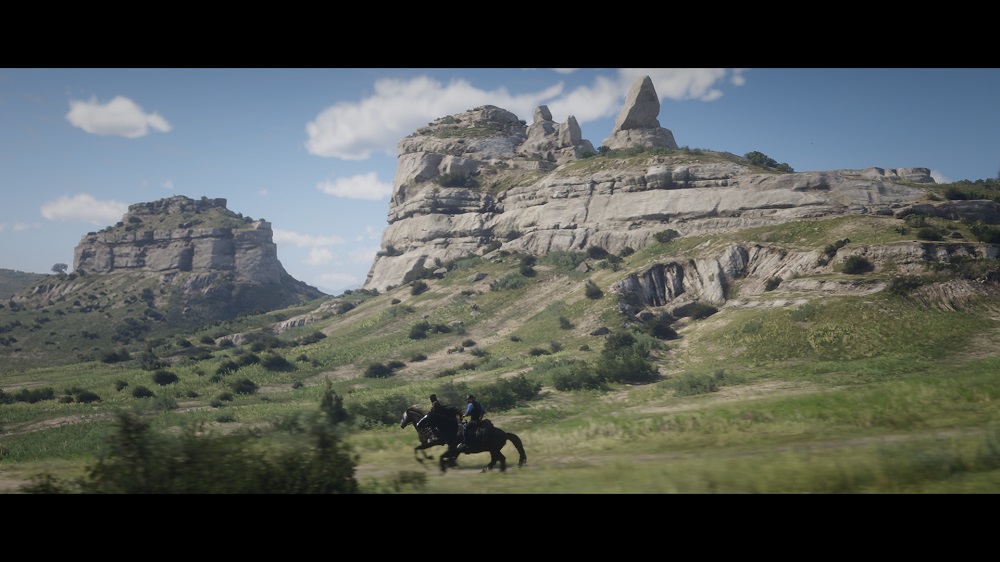
And the best way to do this is to just get on your favourite horse, pick the destination that’s farthest from where you are, and engage the cinematic camera. This is something you should do every once in a while, and make sure you pick a different route every time. This will allow you to just absorb everything that’s pretty and ugly, good and bad.
Everything in-game just seems to come to life.
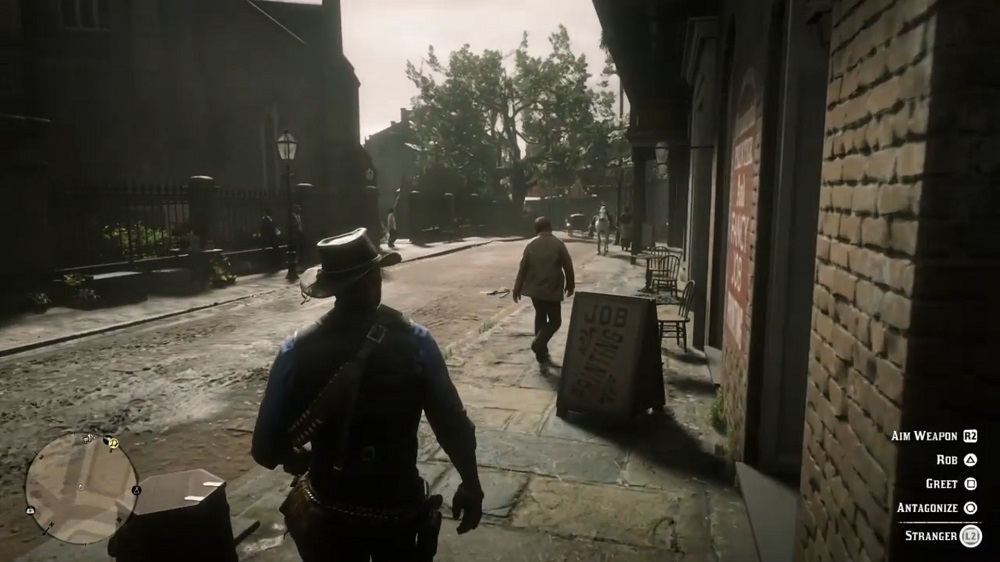
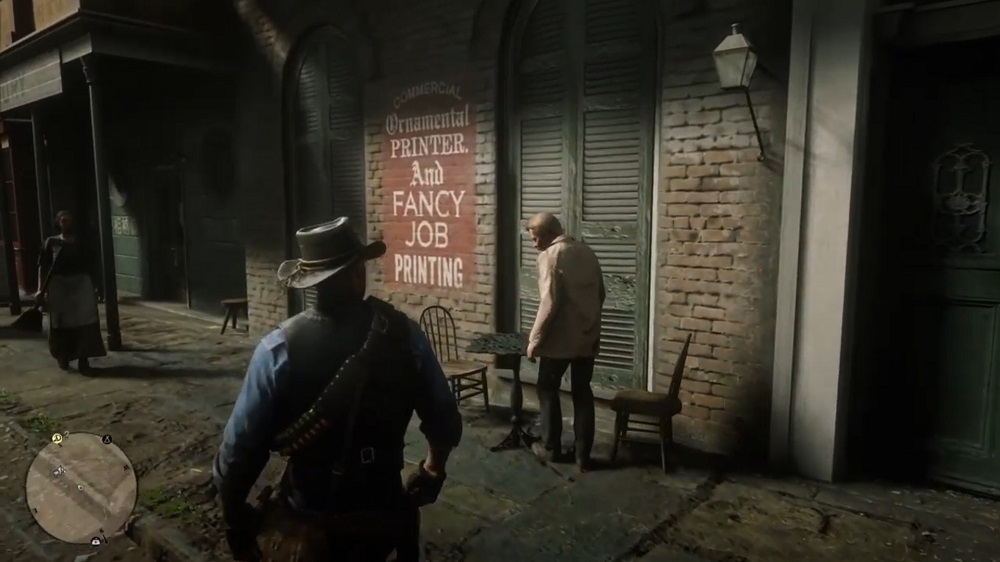
If you’ve had enough of panorama, then you can go into town, or just hang around camp and observe the immense attention to detail on basically everything. From engravings that you can put on your own gun, to the boats you find near bodies of water, right down to lootable objects in enemy hideouts to the entirety of town and settlements. You can also just get to a town, be idle there and just watch as everything comes to life.
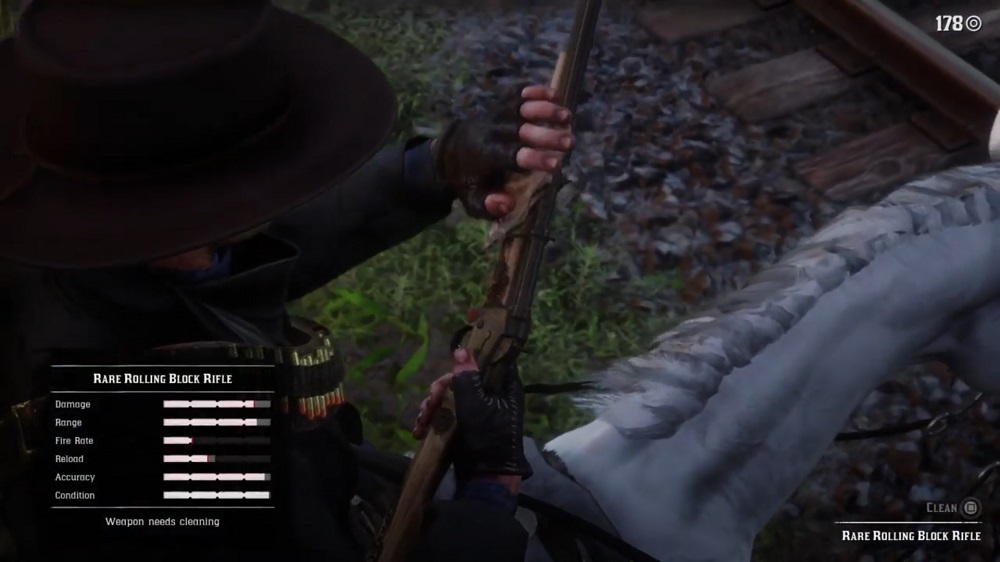
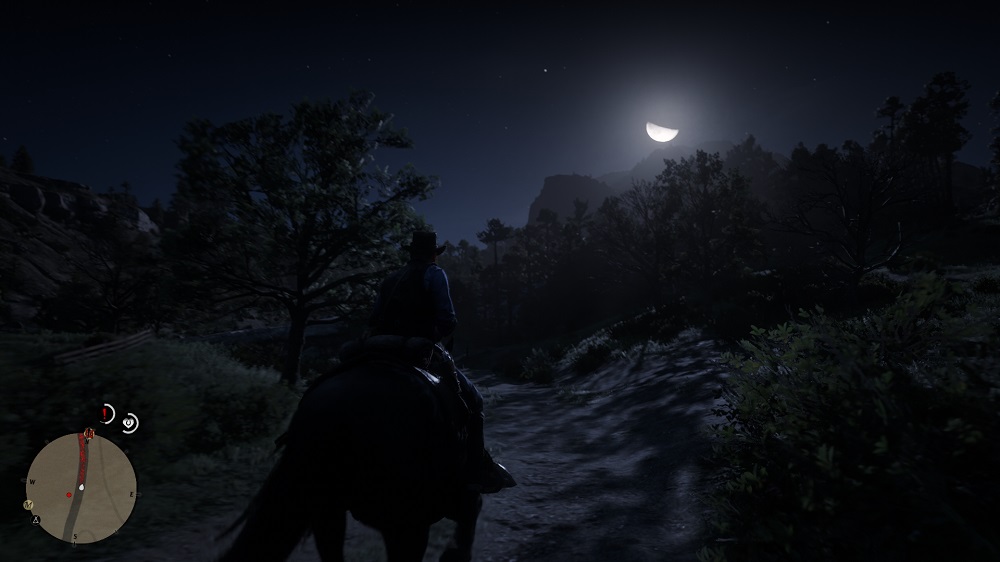
And to live a life in the world of RDR2 is to abandon real life. It was for me, as I spent countless hours doing mundane, non-story-critical activities just to see what else will unfold. It all looks and feels as real as real life, and when you sit down and make the decision to play the game, it can be difficult to claw your way back out into reality.
Conclusion
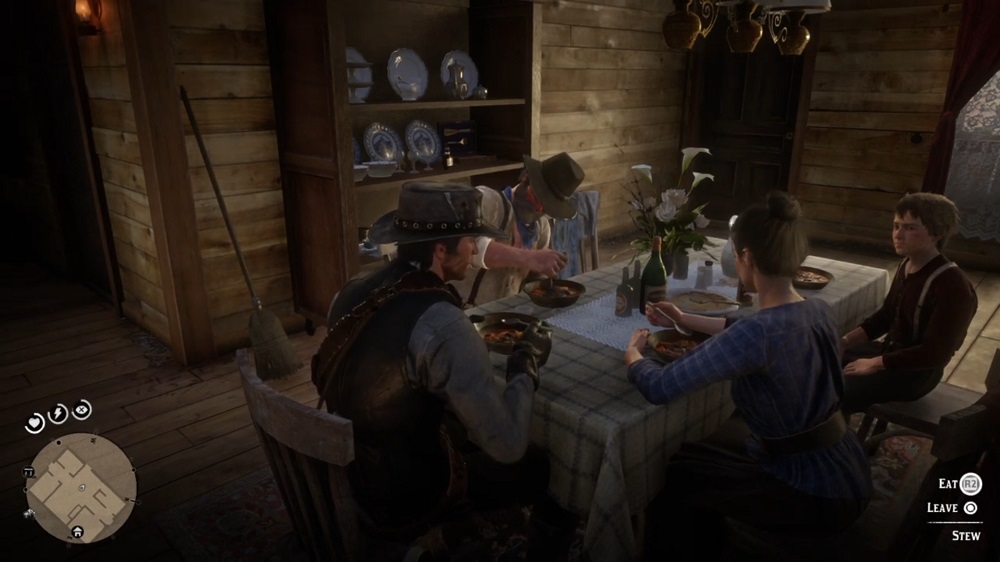
RDR2 is beautiful, and in more ways than one. It tells a beautiful story, in a beautiful world via beautiful graphics, even on the standard PS4.
I like that you can choose to have this beauty hurling towards you at breakneck speeds, or unfold slowly as you also literally explore the finer things of the game. You are free to set the pace of the story that you want to live, kind of like real life. And that’s probably the greatest beauty of this game – it lets you live life while letting you escape your own. It’s a difficult balance to strike, but boy, has Rockstar done it.
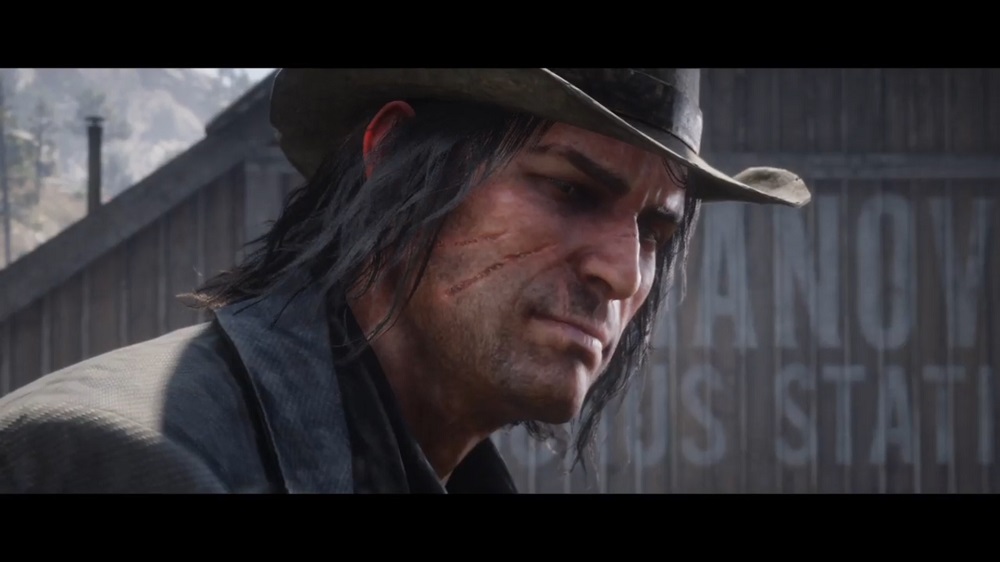
As a gamer, you have to play RDR2. It’s not a perfect game, by any measure of the term. But just as our lives are worth living despite its imperfections, the same I say confidently about the life of Arthur Morgan. And by extension, RDR2 is a game worth experiencing despite its flaws.
Follow us on Instagram, Facebook, Twitter or Telegram for more updates and breaking news.


